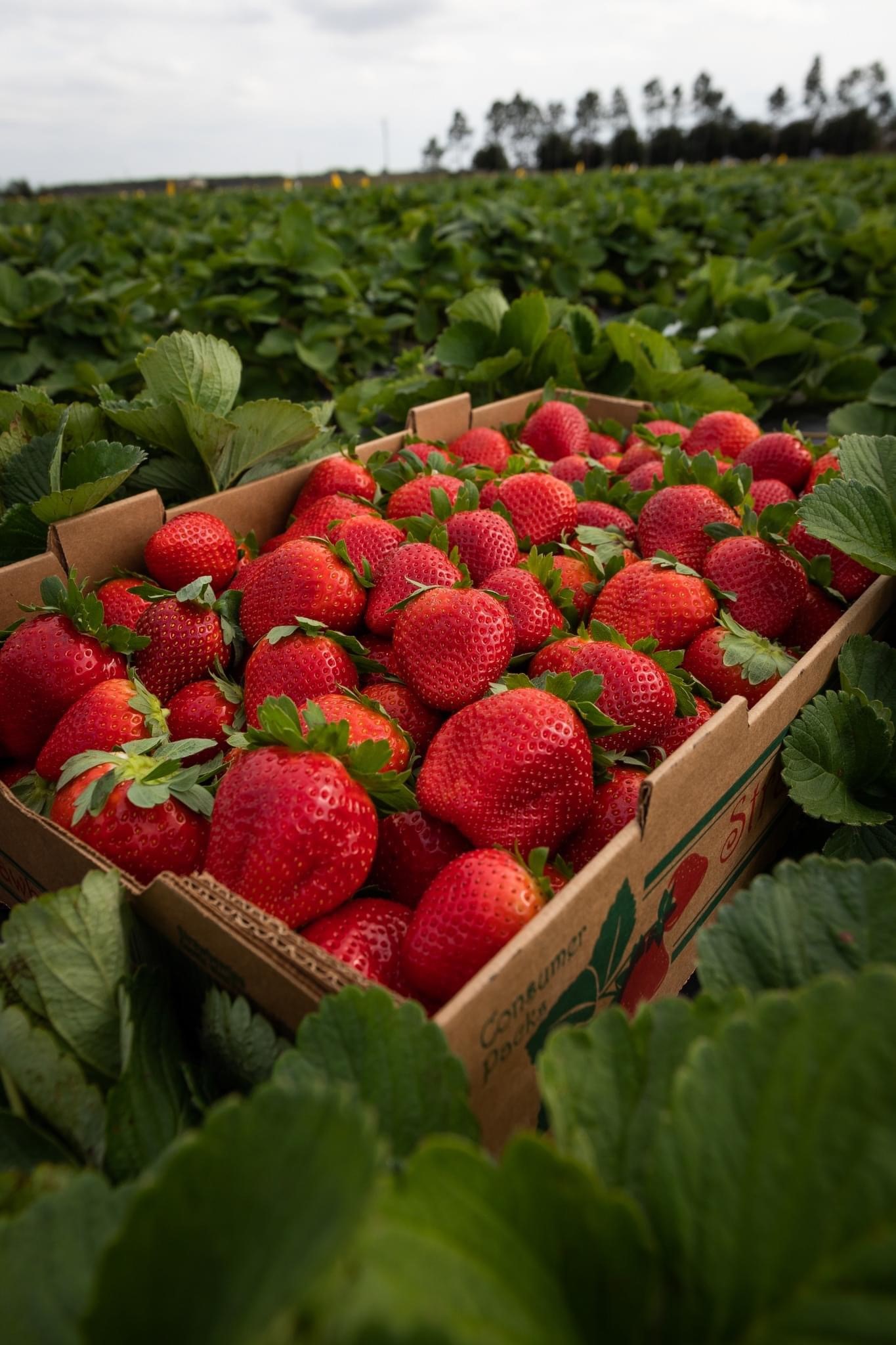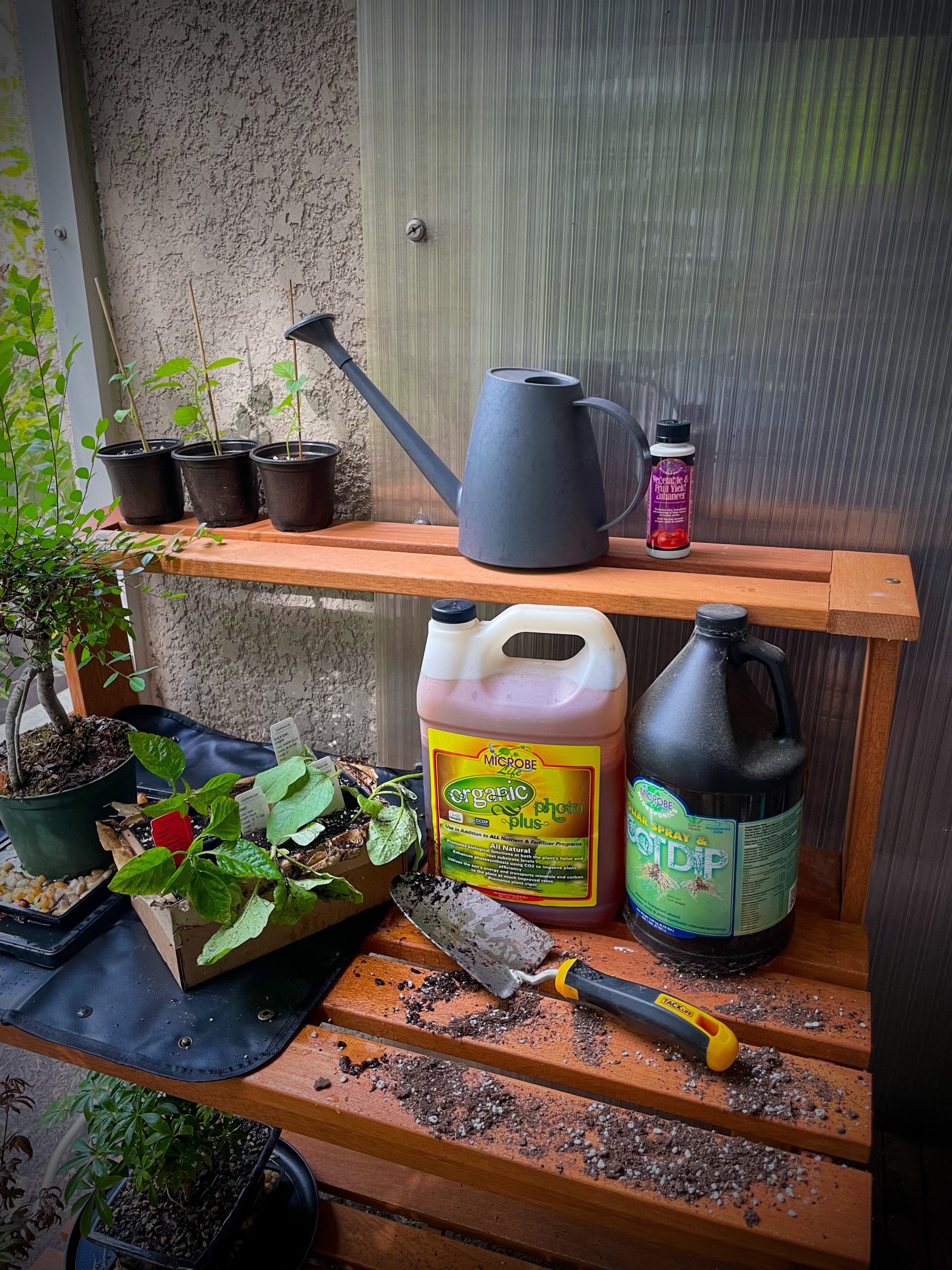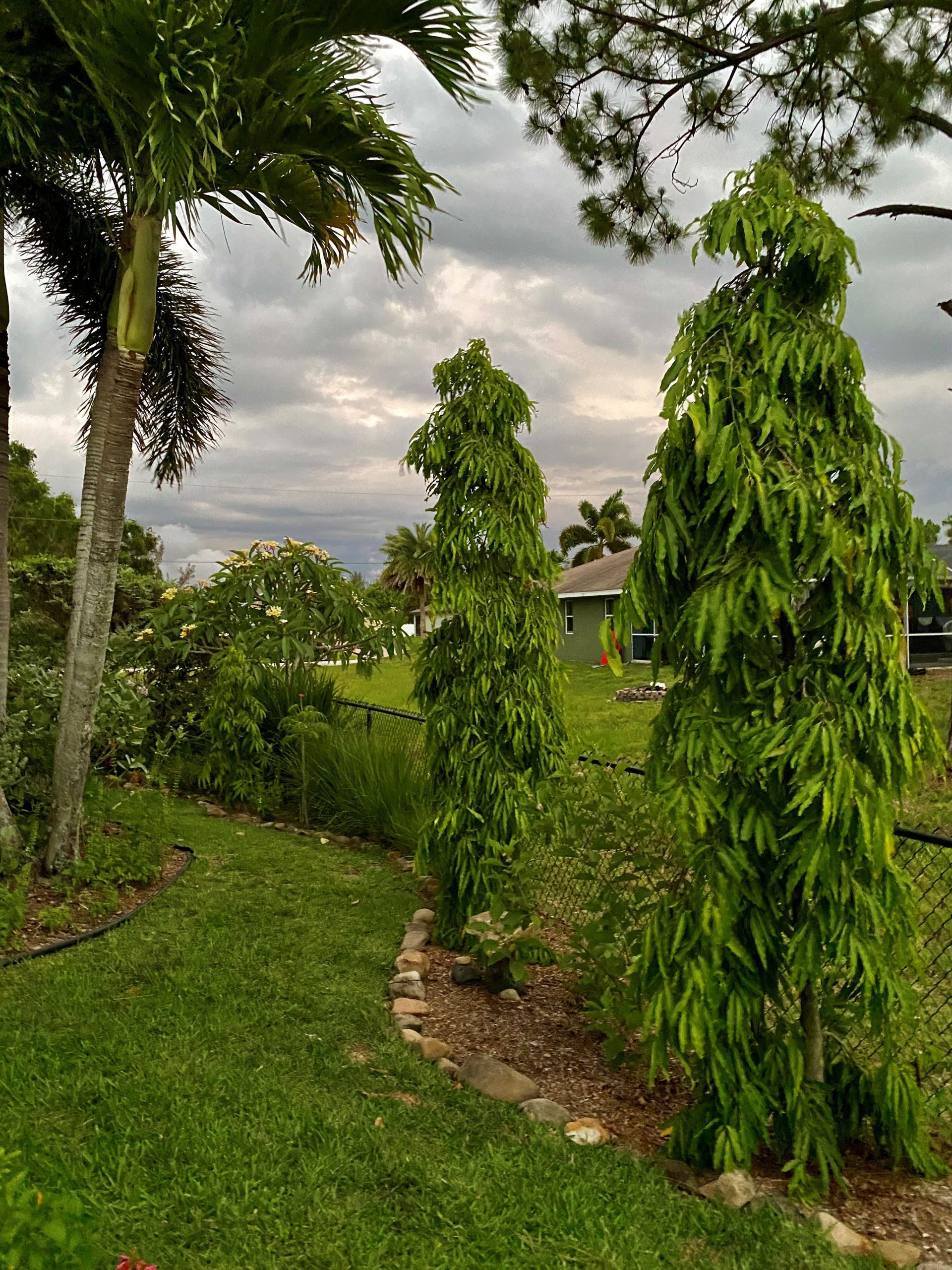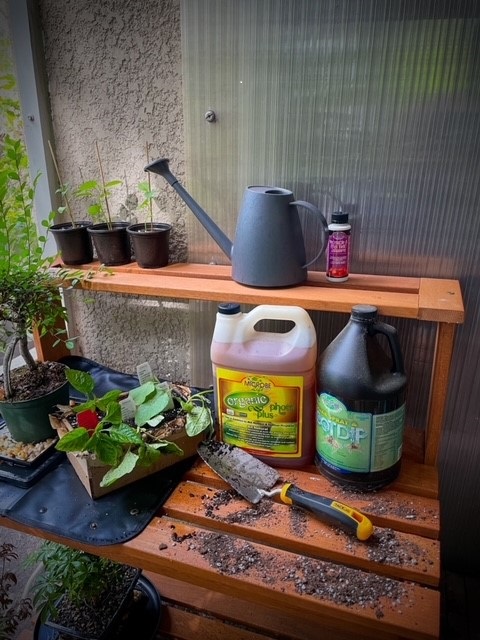- Pick up debris in your yard
The first step in effective spring maintenance is gathering debris from your yard. We know that central North Carolina receives plenty of storms. In fact, North Carolina has an average of two landfall hurricanes each year.
What does that mean for your yard? Storms often bring high wind levels that knock debris into your yard. Homeowners with several trees suddenly notice branches, twigs, pine cones and leaves coating their yards.
So, start your lawn care regiment by collecting this debris and disposing of it. Walk around your yard and pick up any branches, twigs, etc., that you see. You can also use your rake to collect dead leaves and grass.
If you’re a composter, these materials provide an excellent opportunity. You can add these materials to your compost bin to create better compost material.
- Take out your weeds
Cleaning up the debris in your yard goes a long way to improve its appearance. But there are plenty of other problems that can plague your lawn.
One common issue for yards is the abundant weed population. Weeds spring up throughout North Carolina, sapping nutrients and resources from your grass and plants.
Some common weeds in North Carolina include dollar-weed, clover, dandelions, and wild violet. Some of these weeds, such as the wild violet, are often pretty plants. If left unchecked, these plants can kill significant portions of your grass.
So, how can you go about removing these weeds? There are several options available.
First, you could use name-brand pesticides and chemicals found in stores. However, these compounds often include toxins that could damage other parts of your yard. These chemicals may even produce adverse health effects for you and your family… but…
- Another option is to use DIY cleaners. For example, you can use boiling water to eliminate any weeds springing up on your porch or in your driveway cracks. This boiling water kills weeds at their roots.
- Boiling water can also treat weeds in your yard, but be careful. Pouring too much water into one place could damage surrounding grass and plants.
- Another solution is to spray white vinegar onto weeds. This solution acts as a poison and eliminates weeds in a short time.
- Mow the lawn
Once you’ve eliminated your weeds and removed debris, the next lawn care step is to cut your grass. So, it’s time to break out the mower!
Before cutting your grass, check that your mower is in good condition. Are the blades sharpened? Is it properly tuned?
Next, set your mower in the sun for a few hours. Most people leave their mowers in a garage or shed during the winter since their grass doesn’t rapidly grow. During that time, mowers often become cold.
It can be dangerous to start a cold mower without warming it up. So, let it sit in the sun until it’s warm enough to use.
Then, start cutting your grass! It’s best to mow your lawn on the highest setting in the spring. Do this once every five days.
This routine allows the roots to reproduce and gives your lawn a luscious look.
If this spring maintenance regiment seems extreme, don’t worry! You can return to mowing your lawn once a week when summer comes around.
- Aerate your soil
Each winter, people complain about the cold weather drying out their skin. But did you know that winter weather has the same effect on your yard?
Several months of cold weather dries out your soil, making it tough and congealed. It’s difficult, if not impossible, for nutrients to permeate your soil in this state. So, homeowners must aerate the soil to allow fertilizer nutrients to reach it.
Soil aeration can be a challenging task for beginners. Instead, it may be better to hire professionals to aerate your yard and bring air to your soil.
- Plan your flower beds
The final step in your lawn care preparation is planting your flower beds. Several types of flowers do well in central North Carolina during the spring, including:
- daffodils
- tulips
- hyacinths
- irises
- roses
- bluebells
- lilacs
- daisies
Some of these plants begin blooming by the end of March. Others, like roses, often need more time to enjoy the sun before they bloom. These plants usually spring to life by May or June.
Once you decide what flowers to plant, start seeding them. From there, you can begin edging the beds.
The best strategy for this is to use a sharp spade to create a trench around your flower beds. This way, you can keep weeds from infiltrating the bed.
Then, find the best mulch to cover your beds. Mulch helps make your yard look better and prevents weeds from growing in your flower beds!
____________________________________________________________________________________________________
Follow the steps in this local guide for the best spring maintenance routine. The flowers or timeframe may differ in your area, but the ideas are going to be the same.
_________________________
Following the tips in this local guide can help your yard tremendously. Some steps produce immediate results, such as clearing out debris and killing weeds.
Other steps may take more time to produce noticeable results. Once you achieve these results, though, you’ll be glad you followed this spring maintenance! Your lawn care efforts will create a lush and vibrant lawn that all your neighbors will envy.
—————————————————————————————————-
–And a little more to guarantee success with plantings–
Microbe Life Premium Products https://microbelifehydro.com/lp-nourish-l/
FAQS
Q. WHAT DOES THE “L” IN NOURISH L STAND FOR?
A. The L simply stands for Liquid.
Q. HOW IS NOURISH DIFFERENT FROM OTHER HUMATE PRODUCTS?
A. Nourish is a unique, liquid conditioner derived from a highly decomposed organic humus deposit, unparalleled by any other source of humates. Contains natural carbon made up of marine animal carbon and vegetative carbon compounds, making it more complex and superior to Leonardite sources as well as an amazing wealth of Cypress lignin—a high-level food source for the beneficial fungi and bacteria—which strengthens plant cell walls and enhances nutrient absorption and water-binding capabilities.
Q. WHY WOULD I NEED TO USE NOURISH?
A. Nourish enhances the ability of plants to absorb nutrients more efficiently, optimizing plant functions and facilitates greater results using less nutrients. Aids in micronutrient uptake, increases water retention and provides vegetative humic acids. Supplements water, mineral, carbon and essential element requirements.
Q. IF I USE NOURISH, DO I STILL NEED TO USE FERTILIZER?
A. Nourish enhances the ability of plants to absorb nutrients more efficiently, optimizing plant functions and facilitates greater results using less nutrients. Aids in micronutrient uptake, increases water retention and provides vegetative humic acids. Supplements water, mineral, carbon and essential element requirements.
Q. IS NOURISH JUST FOR HYDROPONICS?
A. Nourish works well in soil and all other growth media.
https://microbelifehydro.com/dosage-chart/
And, Carolyn uses Nourish L in her yard!






